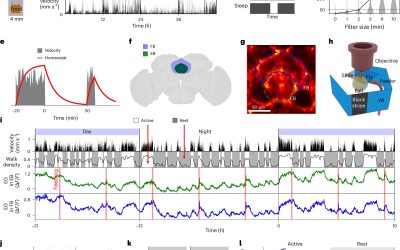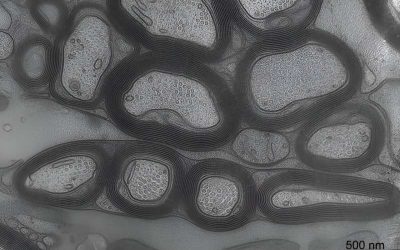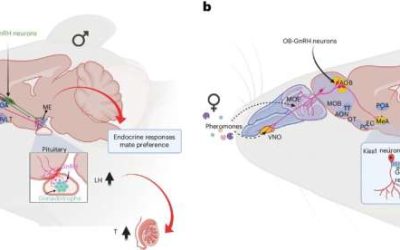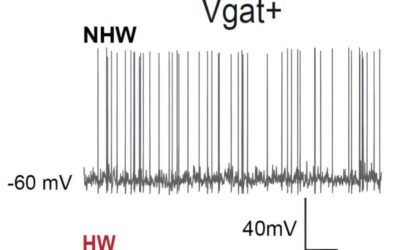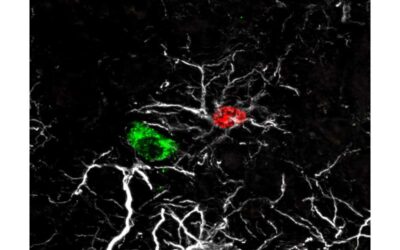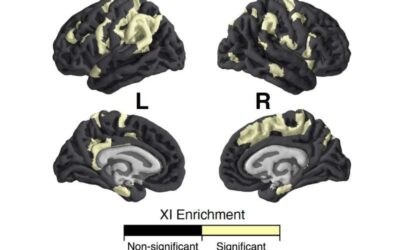Thirst is a crucial physiological signal that contributes to the survival of humans and other animals, by allowing them to detect when they are dehydrated so that they can drink. Drinking is essential for survival and for maintaining the balance of fluids in the body,...
Endocrinology & Metabolism
Glial cells may play key role in managing sleep and metabolism, fruit fly study suggests
Homeostasis is the ability of living organisms to maintain stable internal conditions, such as temperature, hydration and blood sugar levels, irrespective of any changes in their surroundings. Homeostatic mechanisms also regulate behaviors that are central to the...
Research suggests myelin fatty acid metabolism could serve as an energy reserve for the central nervous system
The brains of mammals expend a significant amount of energy in the form of adenosine triphosphate (ATP). This is the molecule that cells use to transfer energy, ultimately fueling several biological processes.
GnRH neurons in the mouse olfactory bulb shown to translate socially relevant odors into male reproductive behavior
Animal reproduction is supported by the integration of various external and internal processes. These processes include a combination of perceived sensory cues, behaviors and hormone secretion.
Exploring how oxytocin interacts with testosterone while humans play a game modeling intergroup conflict
Over the past decades, numerous studies have investigated the neural and cognitive processes underpinning intergroup conflict, as this could help to explain what fuels belligerent behavior, political clashes, and wars. While these works gathered some interesting...
Study shows that AgRP neurons encode circadian feeding time in mice
Animals and humans follow specific daily patterns known as circadian rhythms, which naturally prompt their bodies to sleep, wake up, eat and have other physiological responses at specific times. The disruption of these rhythms can have adverse effects on both their...
Study shows medial preoptic area mediates depressive-like behaviors associated with ovarian hormone fluctuations
Fluctuations in the hormones secreted by women's ovaries, namely estrogen and progesterone, are known to cause mood swings. For instance, at different points of the menstrual cycle, during or after pregnancy and while reaching menopause, women can experience lethargy,...
Neural mechanism facilitates network integration for fertility-controlling neurons and sexual maturation
Gonadotropin-releasing hormone (GnRH) is the primary hormone regulating sexual reproduction in humans and other mammals. Past neuroscience studies have found that GnRH-producing neurons migrate from a region in the nose known as the nasal placode to the anterior part...
Study explores the influence of the X-chromosome on brain anatomy
Past neuroscience research suggests that common differences in people's genetic profiles can explain a significant proportion of variations in people's brain anatomy. In more specific terms, they found that neuroanatomical variation is partly explained by genetic...


